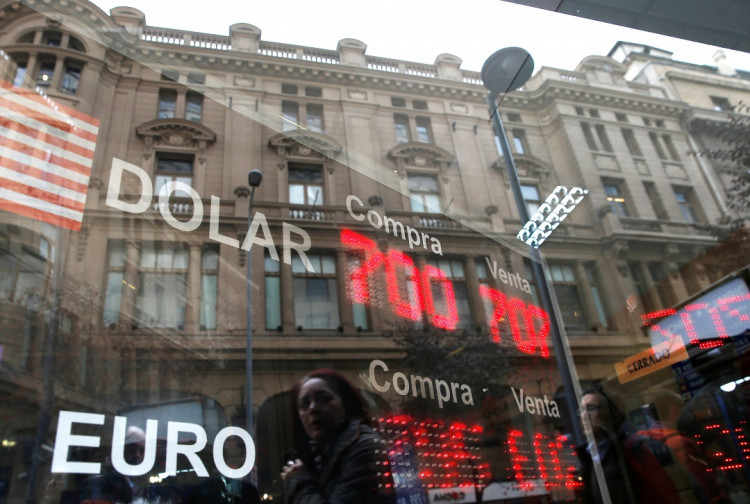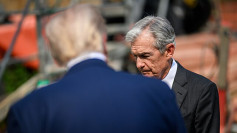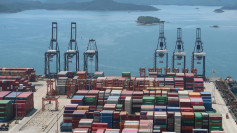Amidst its ongoing squabble with China and the deteriorating geopolitical climate in the Middle East, the United States' economy is reportedly still on track. According to a report released by the US Commerce Department, the economy has apparently grown by 3.1 percent since the start of the year. The growth rate is better than expected and has actually beaten Wall Street projections.
The report revealed that the country's first-quarter gross domestic product (GDP) had beaten initial Dow Jones estimates of a 3 percent growth. However, it was slightly lower than the 3.2 percent projection put forth by the Bureau of Economic Analysis.
The 3.2 percent estimate took into account the country's nonresidential fixed and private inventory investment, which were recently revised downward.
The 3.1 percent annualized rate, which has been adjusted for inflation, was bolstered by stronger consumption and exports. This suggested that the expansion was already on track even before President Donald Trump had escalated the trade negotiations with China. The new figure submitted in the second reading revealed an increased revision in personal consumption and exports.
While the numbers may be up in key GDP drivers, some figures are still lower when compared to the performance in previous years. Corporate profits fell by 2.8 percent across all industries, which included a 0.5 percent drop in the S&P 500. Inflation indicators were lower than expected and overall consumption expenditures were down.
Nonfinancial corporations saw a decline of $62.1 billion, while financial companies had gained by $7.2 billion. This was a significant change from the $13.6 billion gained by nonfinancial corporations in the fourth quarter of last year and the $25.2 billion decrease by financial firms in the previous quarter.
One of the biggest contributors to the better-than-expected overall GDP rate was exports, which rose by 4.8 percent despite the ongoing trade war with China. Net exports contributed nearly 1 percentage point to the overall gain. Imports, on the other hand, were down by 2.5 percent.
Prior to the report, which covered the January to March period, economists had much bleaker expectations. The Atlanta Federal Reserve previously estimated the GDP to rise by only 0.2 percent. Fortunately, the country's real gross domestic income, nonresidential fixed investments, and state and local government spending were able to prove them wrong.
As the trade war continues to deteriorate, economists are now expecting the worst for the country's second-quarter growth. If things continue as they are, economists believe that the growth rate may significantly decline.






